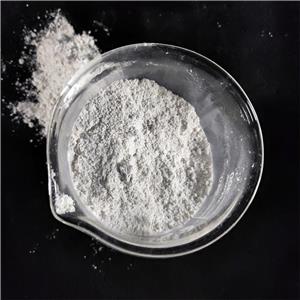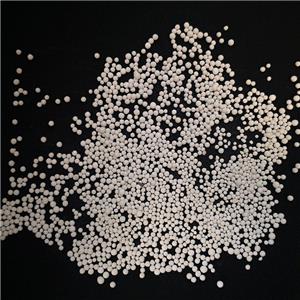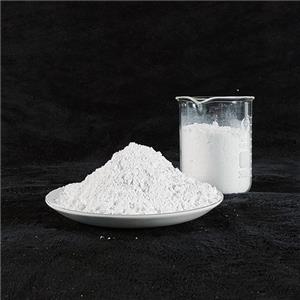Evaluation method of surface modification effect of powder
The design and functionalization of modern new materials are inseparable from the design and functionalization of powder surface properties as raw materials or fillers. Powder surface modification mainly according to the application needs to purposefully change the physical and chemical properties of the powder surface, such as surface crystal structure and functional groups, surface energy, surface wettability, electrical energy, surface adsorption and reaction characteristics.
1. Evaluation method of surface modification effect of powder
At present, there are two main evaluation methods for surface modification effect: application result evaluation method and pre-evaluation method.
(1) Application of result evaluation method
The application result evaluation method can directly evaluate the modification effect by testing the properties, especially the mechanical properties, of the products filled with modified powder. The advantage is that the results are reliable, but the problem is that the testing process is expensive.
At present, the application result evaluation method is mainly used in the research and application of powder surface modification.
(2) Pre-evaluation method
The physical properties, chemical properties and surface properties of the modified powder were measured by the pre-evaluation method, and the changes of the indexes before and after modification were compared, so as to achieve the purpose of pre-evaluation of the modification results. The pre-evaluation methods are mainly divided into: wettability evaluation method, surface free energy evaluation method, reagent adsorption capacity evaluation method, infrared spectroscopy, X-ray, differential thermal analysis, surface analysis new technology.
1. Wettability evaluation method
Wettability, including penetration time, contact Angle, oil absorption rate, activation index and other indicators, is one of the main indicators to measure the compatibility between powder and polymer. The wetted powder has good fluidity, easy to disperse, easy to mix and uniform, and it is not easy to appear polymerization particles.
2. Surface free energy evaluation method
The vast majority of powders have large surface free energy, and the surface energy of the powders is reduced after the adhesion of the modifier, so as to evaluate the modification effect.
3. Reagent adsorption capacity evaluation method
The effect of modification was evaluated by measuring reagent adsorption amount on the surface of mineral powder. The performance of the powder depends on the amount of adsorption of the modifier on the surface, and also depends on the nature of the action between the agent and the powder particles. The stronger the chemical bond cooperation between the two, the better the modification effect
4. Infrared spectroscopy
Infrared spectroscopy is a very important method in the study of surface modification of powders. As long as certain functional groups or bonds exist on the surface, there will be corresponding characteristic absorption peaks in the mineral spectrum. Therefore, infrared spectrum analysis of powder samples before and after modification can reveal the effect of modifier according to the change of corresponding characteristic peak. This method has been widely used in production and practice.
5. X-rays
It is the most important method to study the change of solid material structure by X-ray. The mineral powder treated by modifier, especially by mechanochemical modification, not only changes its surface properties, but also changes its internal structure or crystal shape. The detailed information can be obtained by studying the modification effect by X - ray.
6. Differential thermal analysis
Differential thermal analysis (DTA) is used to investigate the thermal effect caused by phase transition or some chemical reactions when a substance reaches a certain temperature during heating. Exothermic or endothermic peaks appear on the analysis curve, and the size of the peak area reflects the strength of the thermal effect. The surface modification effect and mechanism of the powder can be analyzed by differential thermal analysis of the modified product.




